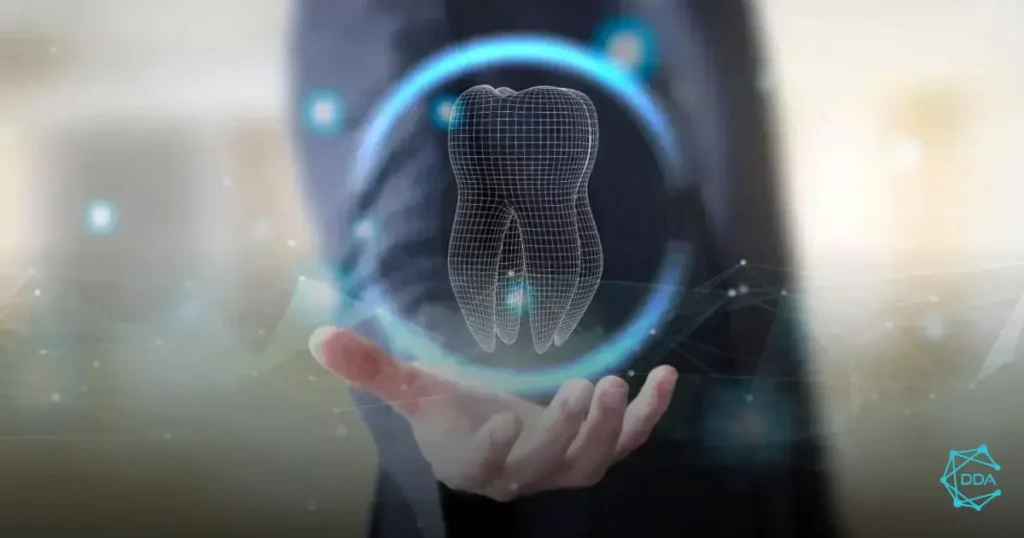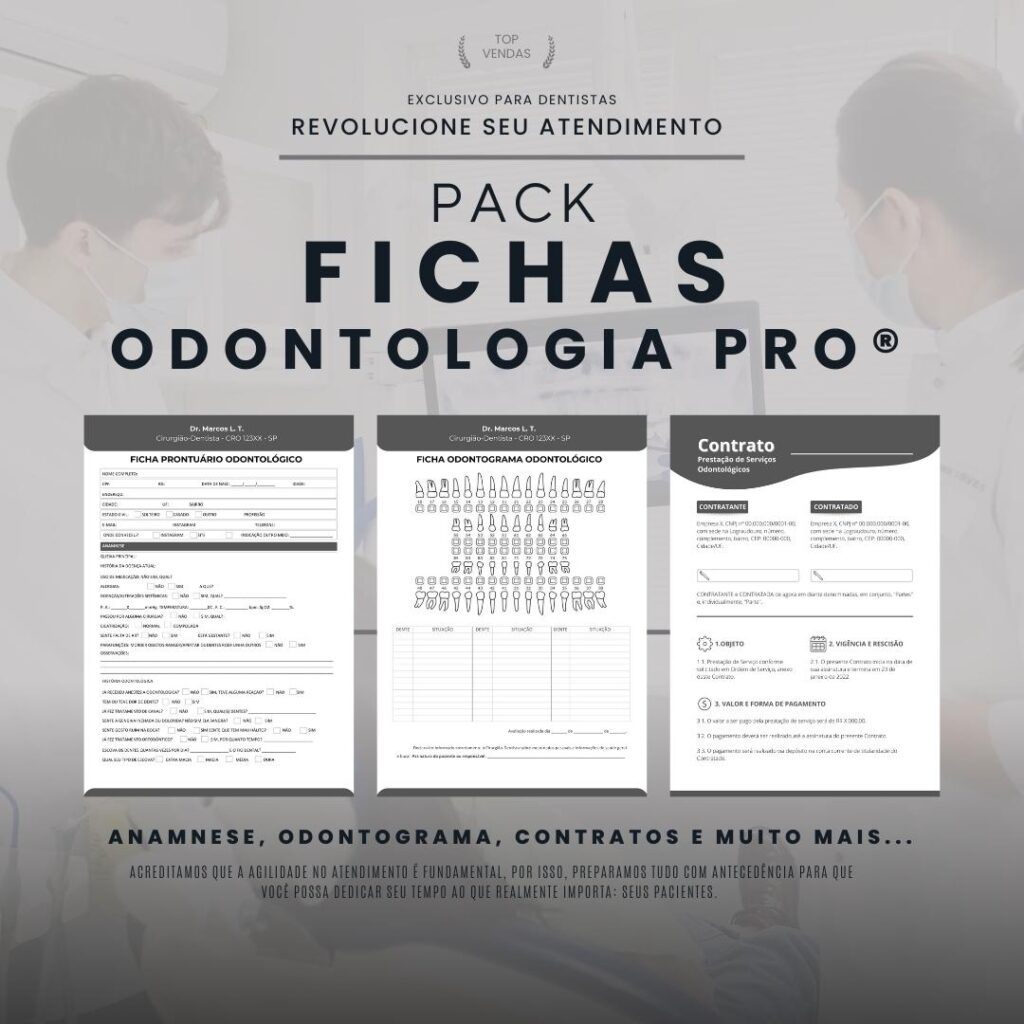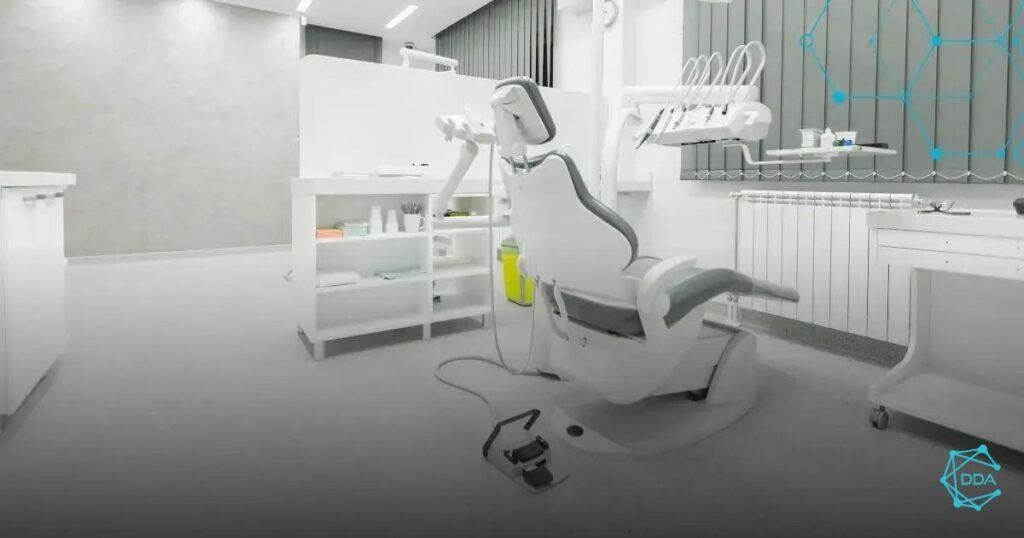O Intraoral Scanning has revolutionized digital dentistry by providing a more accurate and efficient approach to capturing images of the oral cavity. This advanced scanning method allows dental professionals to capture detailed 3D images of the teeth, gums and surrounding structures, without the need for uncomfortable conventional impressions.
Furthermore, the Intraoral Scanning offers several advantages over traditional methods, such as faster processing, greater precision in captured images and greater comfort for the patient. In this article, we will explore in depth the benefits and operation of Intraoral Scanning, highlighting how this technology, especially when combined with Medit Software, is transforming dental practice and providing success stories in digital dentistry.


What is Intraoral Scanning?
Intraoral scanning is an advanced technology used in digital dentistry to capture precise and detailed images of the oral cavity, including the teeth, gums and surrounding structures. These three-dimensional images are obtained using a high-tech intraoral scanner, which replaces the traditional plaster molds previously used.
With intraoral scanning, dental professionals can create accurate digital models of patients' oral cavity, which allows for more precise and personalized planning of treatments such as restorations, prosthetics, orthodontics and implants.
Additionally, intraoral scanning provides a more comfortable experience for patients, eliminating the need for uncomfortable impressions and reducing the time required to obtain images and models.
This innovative technology has revolutionized dental practice, offering countless benefits to both professionals and patients.
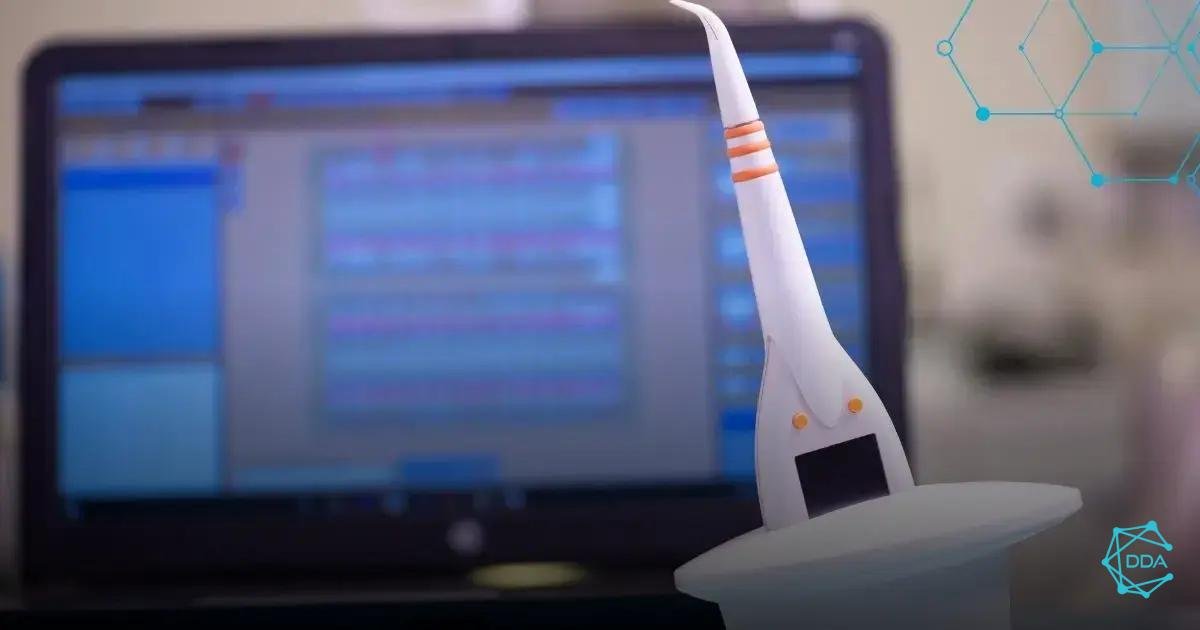

Advantages over Traditional Methods
Intraoral scanning offers a number of advantages over traditional dental impression taking methods. These advantages include:
- Precision: Intraoral scanning offers much greater accuracy in capturing dental structures, resulting in more accurate and detailed impressions.
- Patient comfort: Unlike traditional impressions that can be uncomfortable and unsightly, intraoral scanning is quick and painless, providing a more pleasant experience for the patient.
- Agility: With intraoral scanning, it is possible to obtain digital images of dental structures quickly, eliminating the need to wait for the drying time of impression materials.
- Error reduction: The precision of intraoral scanning helps reduce errors in the manufacture of prostheses and restorations, resulting in more reliable and long-lasting results.
- Integration with digital technology: Digital images obtained through intraoral scanning can be easily integrated into computer-aided design and manufacturing software, speeding up the process of making prosthetics and restorations.
These advantages make intraoral scanning a superior option to traditional impression methods, providing benefits to both professionals and patients.


How it Works with Medit Software
Medit Software offers a comprehensive and innovative solution for intraoral scanning, providing dental professionals with an efficient and accurate experience.
With Medit Software, users can quickly and easily perform high-quality intraoral scans. The intuitive and user-friendly interface makes the scanning process more accessible, even for less experienced professionals.
Medit software offers advanced image processing capabilities, enabling detailed visualization and accurate analysis of intraoral scans. This ensures that professionals can obtain accurate information for planning and executing dental treatments.
Additionally, Medit Software is compatible with a variety of devices and equipment, providing flexibility and convenience to users. Seamless integration with other digital dentistry systems and software also makes Medit Software an ideal choice for clinics and laboratories.
With the ability to generate accurate and reliable 3D models, Medit Software plays a crucial role in the advancement of digital dentistry, enabling the creation of custom restorations, prosthetics and other devices with high precision and quality.
In short, Medit Software offers a complete and effective solution for intraoral scanning, empowering dental professionals to deliver high-quality and accurate treatments to their patients.
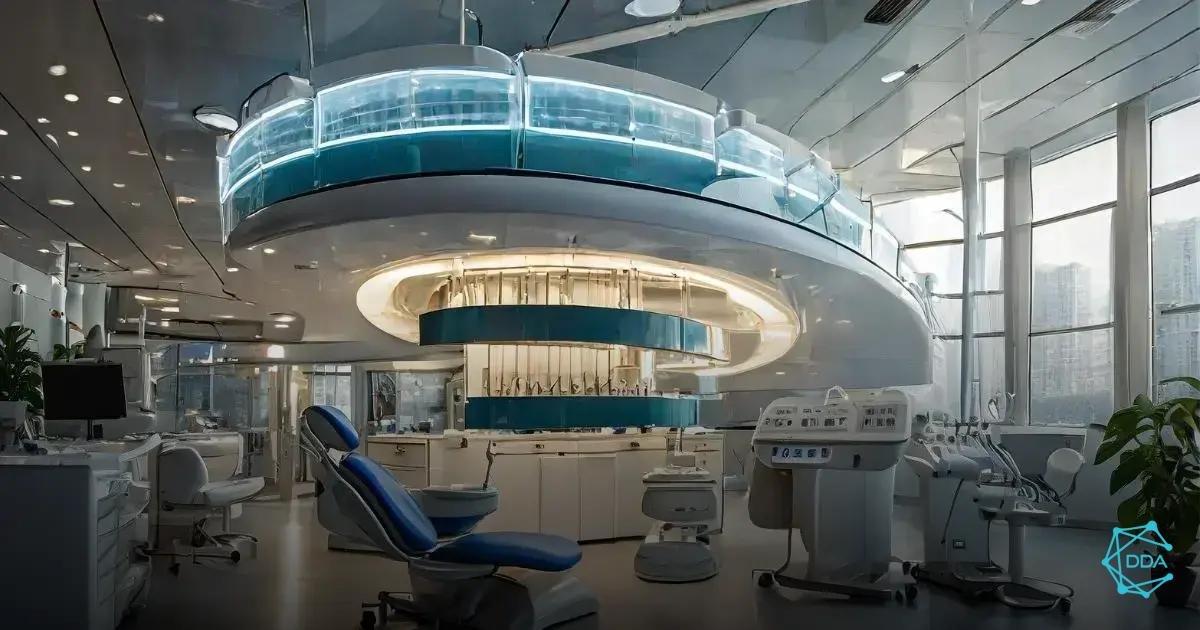

Success Stories in Digital Dentistry
Digital dentistry has revolutionized the way dental procedures are performed, providing more accurate and efficient results. Below, we will present some success stories that demonstrate the benefits and positive impacts of digital dentistry.
1. Custom Dental Restorations
With digital dentistry, it is possible to create highly personalized and precise dental restorations that fit perfectly with the patient’s tooth structure. This results in greater comfort and durability, providing patients with natural, functional smiles.
2. Dental Implant Planning
The use of digital technologies allows for more precise and detailed planning for the placement of dental implants. This means that professionals can visualize the patient’s bone structure in 3D, ensuring that implants are placed safely and effectively.
3. Customized Orthodontic Treatments
With digital dentistry, orthodontic treatments have become more personalized and efficient. The use of intraoral scanning and state-of-the-art software allows the creation of custom-made clear aligners and other orthodontic devices, resulting in faster and more comfortable treatments for patients.
4. Enhanced Patient Experience
Advances in digital dentistry not only benefit clinical procedures, but also the overall patient experience. By eliminating uncomfortable impressions and reducing wait times, patients enjoy a more enjoyable and convenient experience when receiving digital dental treatments.
These success stories illustrate how digital dentistry is transforming dental practice, delivering exceptional results for professionals and patients.
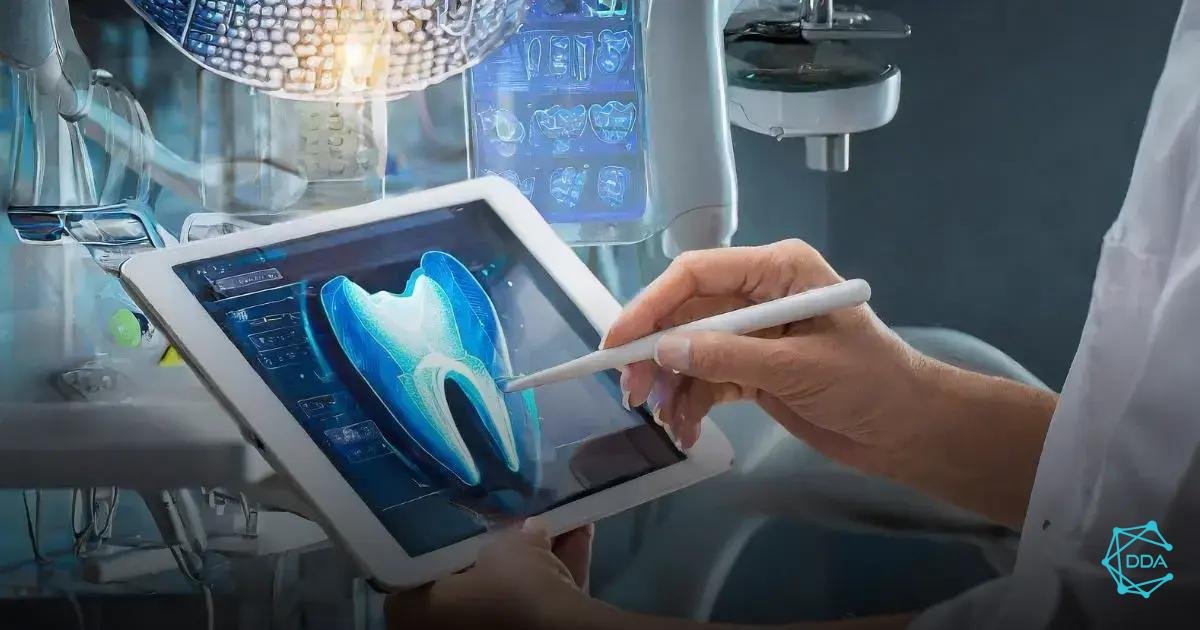

Steps for Implementation
Implementing intraoral scanning in a dental practice requires a few key steps to ensure the success and efficiency of the process. Below are the key steps for successfully implementing intraoral scanning:
1. Assessment of Needs and Resources
Before beginning the implementation of intraoral scanning, it is crucial to conduct a comprehensive assessment of the specific needs of the dental practice. This includes analyzing available resources, such as equipment and software, and identifying areas that would benefit from the integration of intraoral scanning.
2. Team Training
An essential step is to properly train the dental team in the use of intraoral scanning and associated software. This involves familiarizing them with how to handle the scanner, capture accurate images, and use the software's functionalities to process and analyze the data obtained.
3. Integration of Intraoral Scanning into Clinical Routine
After training, it is important to integrate intraoral scanning into daily clinical routine. This includes defining protocols for image capture, incorporating intraoral scanning into dental procedures, and adapting work steps to include the information generated by scanning.
4. Testing and Adjustments
After initial integration, it is essential to perform testing and adjustments to ensure the accuracy and effectiveness of intraoral scanning. This involves checking the quality of the captured images, analyzing how the generated data integrates with the existing workflow, and making adjustments as needed.
5. Monitoring and Continuous Improvement
Once implemented, it is essential to establish a process for continuous monitoring and improvement of intraoral scanning. This includes gathering feedback from staff and patients, evaluating the results obtained, and seeking opportunities to improve and optimize the use of intraoral scanning in the practice.
By following these steps, the implementation of intraoral scanning can be carried out efficiently and successfully, providing significant benefits to the dental practice.

